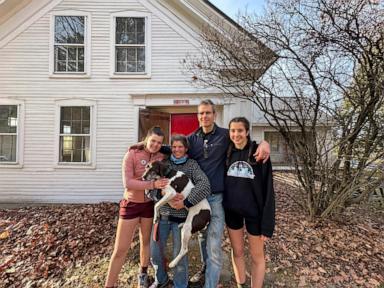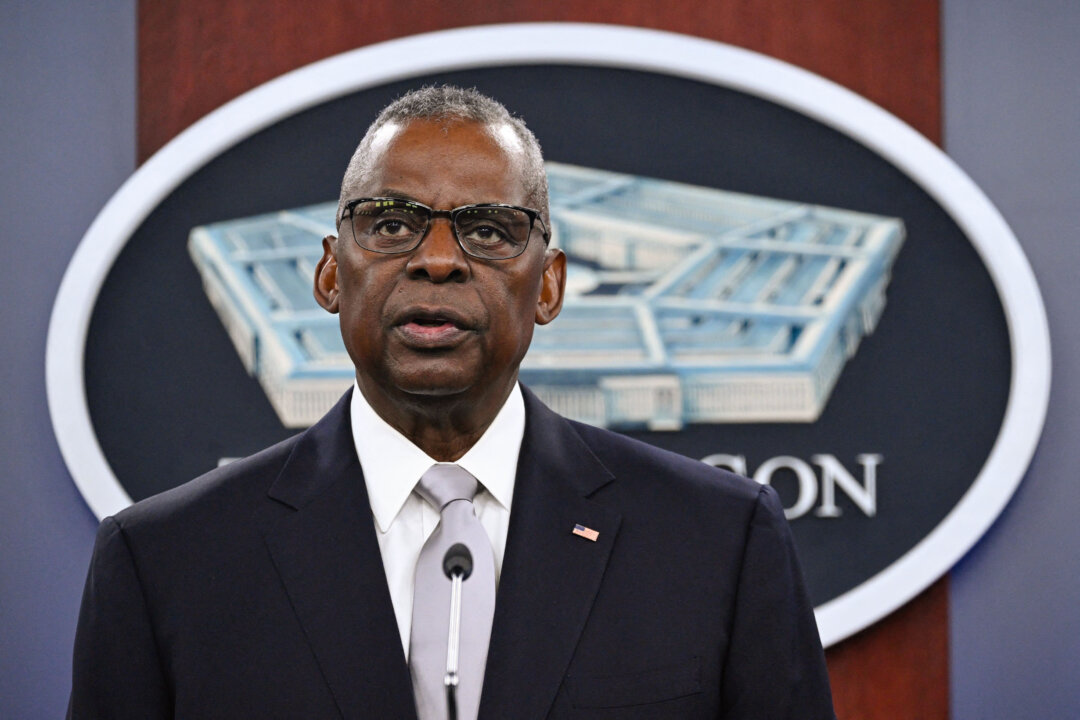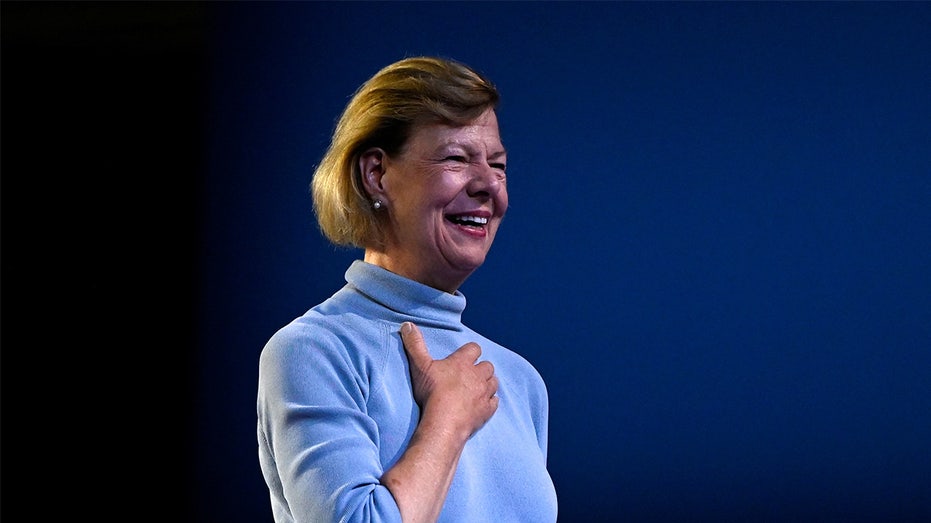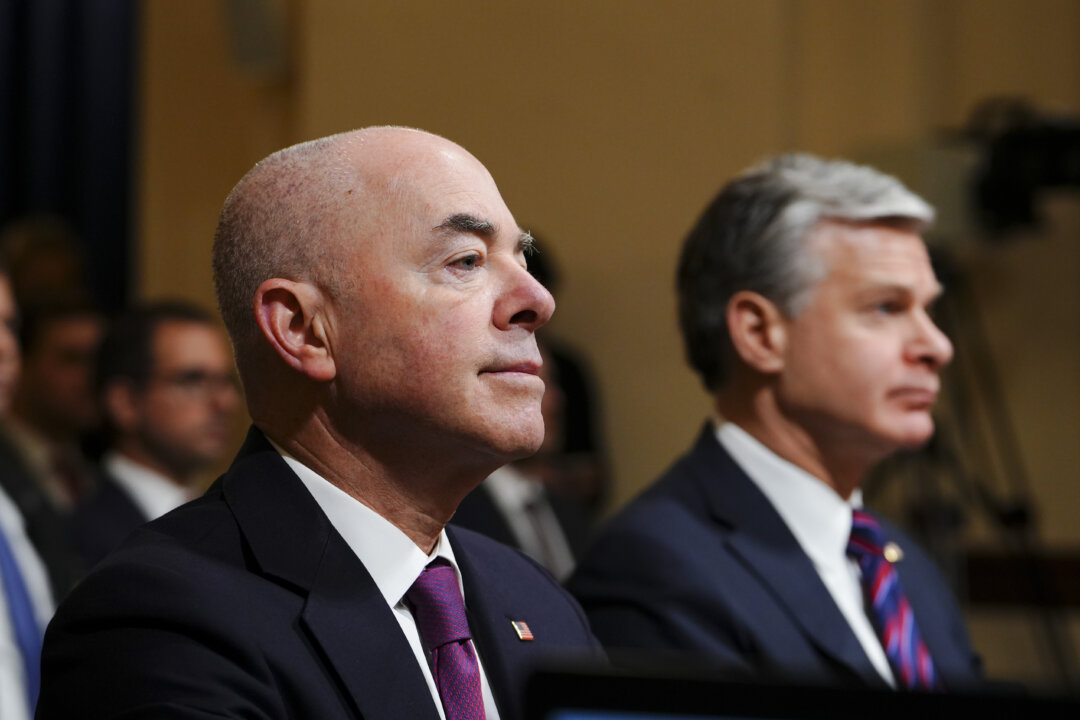

Discussing politics on Thanksgiving is a tradition that many of us could live without but can’t seem to get away from. It’s especially poignant every four years after the tidal shifts accompanying presidential elections. This year, we saw remarkable outcomes, most notably that voters prioritized bringing down the cost of their Thanksgiving meal over bringing the family together for a civil conversation.
OK, that is an oversimplification, but let’s take a look at the numbers.
Clearly, voters were less concerned about civility than they were about costs.
The two of us, a Republican and a Democrat, have been conducting polling together around civility in our political discourse for decades. For the last five years, we’ve partnered with the Georgetown Institute of Politics and Public Service to dive into just what this means for the state of our politics. We conducted our most recent poll of 800 likely voters right after the outcomes of the 2024 elections. We asked voters which candidate they believed ran a more divisive campaign, who messaged the ability to get things done more effectively, which candidate they thought represented their shared values the best, and much more.
We learned that many voters found Vice President Harris to be someone who is a unifier and ran a less negative campaign as opposed to President Trump, but President Trump had advantages in key areas that propelled him over the top. He was able to effectively message himself as the candidate who addressed the kitchen table issues that most stood out to voters. We’ve seen in exit poll after exit poll that the economy was the issue most on people’s minds on Election Day, and when you look at our findings, you see a pattern that reflects Trump’s win.
When voters were asked, “Which candidate is talking to you about this issue?” we see some of the dynamics in the race represented. Vice President Harris outperformed President Trump in addressing abortion, protecting democracy, sharing my values, and caring about people like me. Fifty-two percent found that Vice President Harris was the candidate who better messaged bringing the country together.
Conversely, voters found that President Trump more effectively talked about the economy, inflation, and immigration, and a majority thought he would be better at getting things done, but most do not expect him to be a unifier in the White House.
Clearly, voters were less concerned about civility than they were about costs. The overall outcome has surprisingly resulted in a drop in political tensions based on the measure we have used for the last five years — largely driven by Republicans who are feeling relief after Election Day.
We measure tension by asking folks where they feel the country is on a scale of one to 100, with one being no division at all and 100 being civil war. We saw a four-point drop since our last poll in March from 70 to 66, the lowest mark in the last five years that we have done this poll. Division scores are highest among Democrats at 70, while independents are at about the total sample’s mean (66) and Republicans see the least division (61). These scores reflect a significant 14-point drop for Republicans, specifically from March, with independents remaining largely the same and Democrats seeing a small, two-point uptick.
Of particular note is the hope respondents share about a brighter future and the possibilities of collaboration between the parties. Despite President Trump’s “trifecta" control, 95% of those polled agreed with the statement, “I want President Trump, Republicans in Congress, and Democrats in Congress to work together to solve the major problems facing this country.” Also, 82% of respondents agreed, “It will be good for the country if President Trump and Congress compromise to find solutions even if this means I will not always get everything I want.”
In what could be a reflection of these hopes, when asked how much division they expect in the country a year from now, respondents predicted a 61 out of 100, a more than 12-point decrease led largely by Republicans in projected division from September 2023.
So how does this impact your Thanksgiving meal this year? Prices are projected to drop this year, pretty significantly, dropping nearly $10 compared to this time last year, when the average cost for a Thanksgiving meal was $67.84, all the way to $58.08. Your Republican relative might take a minute to brag that this is the market reacting to President Trump’s win, but your Democrat relative might say that it’s a sign that Bidenomics is working and the country went down the wrong path on Election Day.
Either way, we know that politics will be debated this Thanksgiving in many homes across the country. We only hope that it’s a little more civil this time around.
Editor’s note: This article was originally published by RealClearPolitics and made available via RealClearWire.
.png)
 2 hours ago
1
2 hours ago
1















 English (US)
English (US)